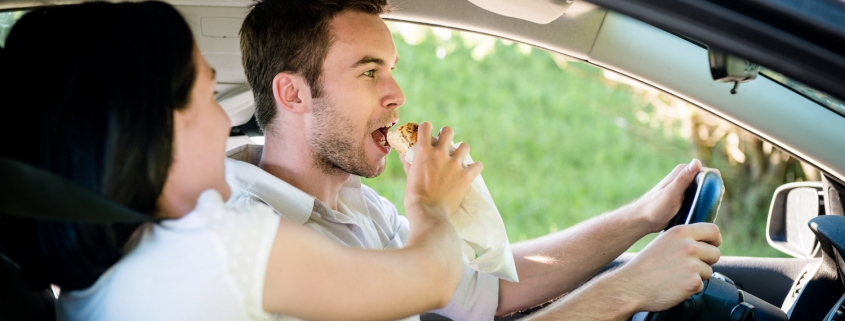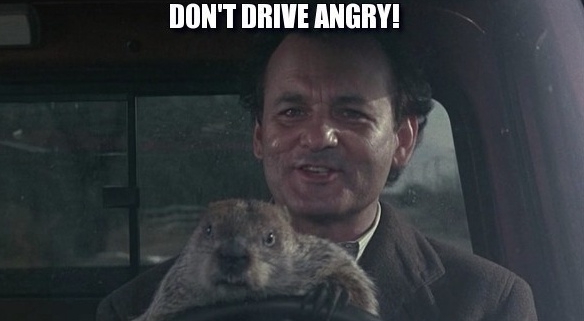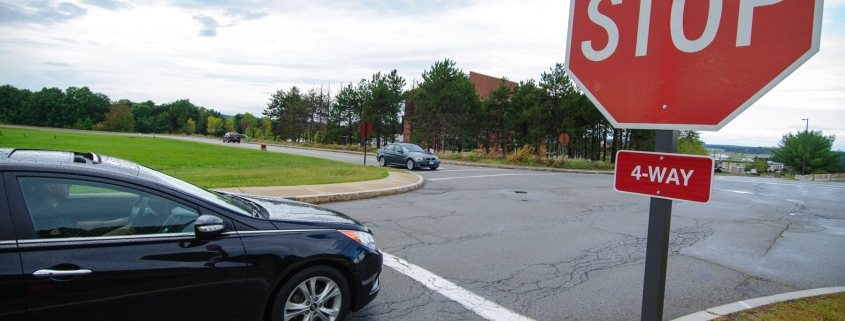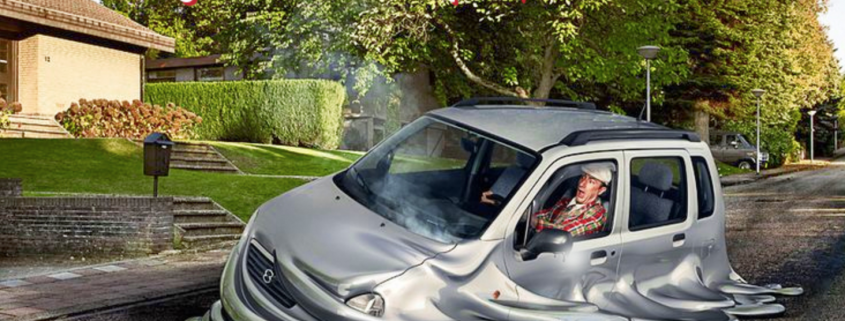We utilize our cars to get to work, to school, etc., so it only makes sense that from time to time we may eat in our car. Some food options are more challenging than others. Whether it be hamburgers, tacos, or sub sandwiches there is an art to mastering eating while driving.
For safety reasons, eating in your car or truck should be a last resort. Taking your eyes off the road to spread the perfect amount of Grey Poupon onto your sandwich is distracting and can lead to needing your license and registration handy.
If you do absolutely need to eat in your car, which food options are ideal? Making a mess all over your vehicle’s interior or your clothes is counter productive. No one wants to be covered in barbecue sauce when they reach their destination.
Here are some of the most convenient foods to eat in your car or truck:
- Candy, energy, and granola bars
- French fries
- Chips, pretzels
- Doughnuts
- Hamburgers
Now here are the worst foods you can eat in your vehicle:
- Salads
- Nachos
- Muffins
- Pizza
- Burrito
How about you? What is your go-to food choice while in the car?





 the safe side though, if you haven’t already giving your vehicle some special attention this winter, here are a few tips from L& T, the best local auto shop near you:
the safe side though, if you haven’t already giving your vehicle some special attention this winter, here are a few tips from L& T, the best local auto shop near you:





